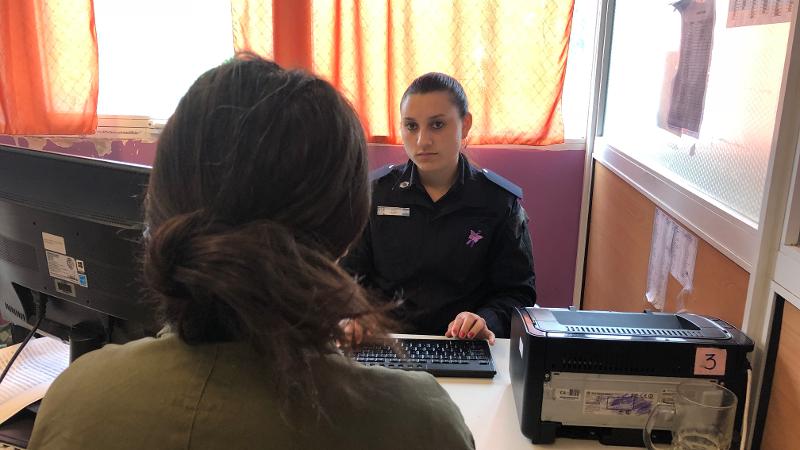
Police stations for Women and Families in Argentina are a practical and successful response to the United Nations’ sustainable development goal to eliminate violence against women, QUT Professor Kerry Carrington told the UN 63rd Commission on the Status of Women NGO sessions in New York.
Professor Carrington, head of QUT’s School of Justice, addressed the meeting of 80-100 NGO delegates from around the world on her extensive research on women's police stations in Argentina and others’ research from Brazil and other South American countries.
“Brazil was the first country to open a women’s police station in 1985 and recent research from that country found the female homicide rate had dropped by 50 per cent for women aged 15 to 24 in cities and for all women by 17 per cent in areas where women’s police stations were found,” Professor Carrington said.
“Buenos Aires Province established its first women’s police station in 1988. It now has 131 women’s police stations dealing with 250,000 cases of domestic violence and more than 7000 cases of sexual assault in 2018.
“The proliferation of women’s police stations in Argentina was enabled and supported by the 2009 law Comprehensive protection law to prevent, punish and eradicate violence against women.
“This law was supported by the new offence of femicide – the killing of a female partner, and the setting up of the Department for Gender Policy in the Ministry of Security to implement a national action plan to prevent and eradicate violence against women.
“Today there are thousands of women’s police stations in Bolivia, Ecuador, Nicaragua, Peru, Uruguay, Sierra Leone, India, Ghana, Kosovo, Liberia, the Philippines, South Africa and Uganda.”
Professor Carrington interviewed 100 employees from ten women’s police stations which had caseloads of 300 to 700 a month. Of those interviewed, 82 per cent were employed as police, and 18 per cent worked as lawyers, psychologists or social workers.
“Like traditional policing models they offer a 365-day emergency response service, wear police uniforms and weapons and have the same powers and training as general police.
“Unlike the traditional model, women’s police stations’ key differences are:
- they are embedded in the neighbourhoods they serve – the stations are brightly painted converted houses
- they provide childcare and reception rooms tailored for women and children
- they have emergency provisions of clothing and other items for women who seek their assistance
- they organise community prevention campaigns around the annual program of festivals and events such as days to: protest against femicide, days to celebrate the achievements of women and rights of the child.
- they give out toys at festivals and lollies at Christmas with their contact phone number.
“Their close relationship and visibility in the community sends the message that violence against women will not be tolerated, that it is a crime and perpetrators will be held accountable.
“Women police are insiders in their community, they are of the same gender as the women who report to them, and this sense of connection enhances women’s willingness to confide in them.”

Professor Carrington called on other UN members to establish the offence of femicide, recognise the women’s police stations’ success in preventing gender violence, and promote the establishment of stand-alone women’s police stations to eliminate violence against women.
The presentation and report of the study can be downloaded from Professor Carrington's research page, Preventing Gender Violence.
QUT Media contacts:
Niki Widdowson, 07 3138 2999 or media@qut.edu.au
After hours: Rose Trapnell, 0407 585 901 or media@qut.edu.au.




